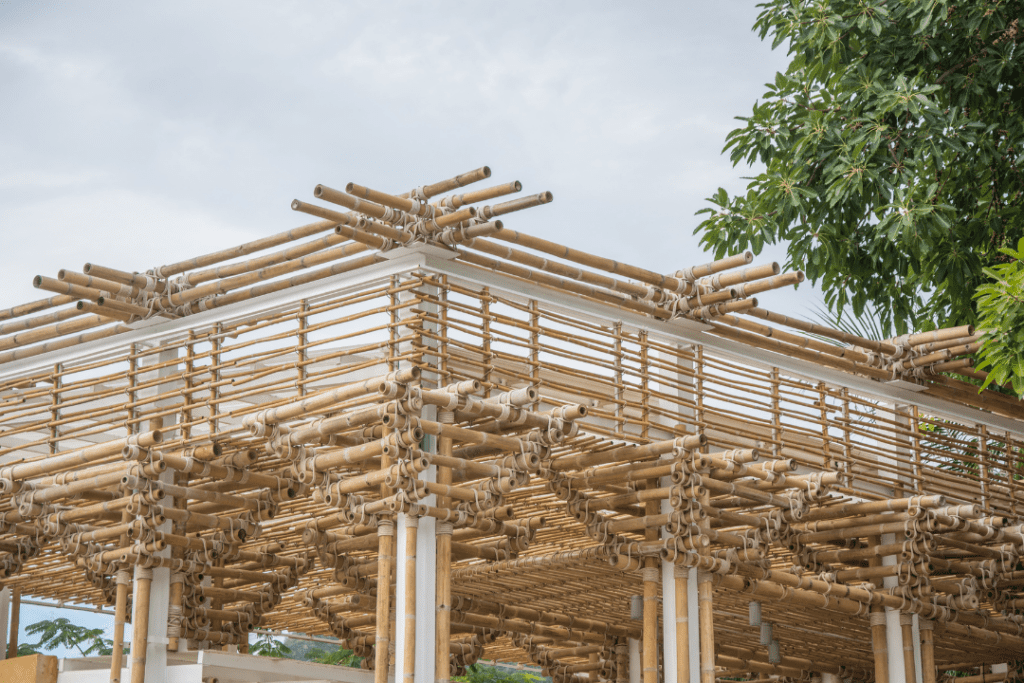How Sustainable is Bamboo in the Building Industry?
- 5 min read
- March 28, 2024
As the world becomes increasingly conscious of the need for sustainability, bamboo can play a pivotal role in shaping a greener and more sustainable future. This material is rapidly gaining recognition as an eco-friendly building material with remarkable environmental benefits and exceptional durability. Does its renewability, strength, flexibility, and affordability make it an ideal choice for sustainability in architectural design and construction?
What is bamboo?
Bamboo is a remarkable grass species belonging to the Poaceae family, renowned for its exceptional growth rate and versatility. It is native to tropical and subtropical regions of the world, primarily in Asia, Africa, and the Americas. This remarkable plant is characterized by its hollow, segmented stems, known as culms, which exhibit exceptional strength and durability.
Characteristics of bamboo
Bamboo exhibits remarkable durability and strength, making it comparable to hardwood in construction applications. Its high strength-to-weight ratio renders it suitable for various building purposes.
Unlike traditional building materials such as concrete and steel, bamboo requires significantly less land and water to cultivate. In fact, bamboo plantations can thrive on marginal lands that are unsuitable for other types of agriculture, making it an ideal crop for sustainable land use.

Challenges in using bamboo in construction
Despite its numerous advantages, there are certainly challenges associated with incorporating bamboo into construction projects.
Susceptibility of bamboo to damage: To ensure durability, bamboo must undergo proper treatment processes, such as kiln drying and chemical preservation, to enhance its resistance against insects, fungi, and moisture.
Structural limitations of bamboo: While bamboo exhibits impressive strength-to-weight ratios, certain building codes and regulations may restrict its suitability for load-bearing structures. Engineers and architects must carefully consider the species of bamboo, its density, and the intended application to ensure structural integrity.
Availability of mature bamboo culms: This can also pose a challenge, particularly for large-scale construction projects. Bamboo requires several years to reach maturity, and the supply of suitable culms may be limited, especially for specific species or desired dimensions. This scarcity can lead to increased costs and potential delays in project timelines.
Strength Properties of bamboo: This can vary depending on the species and growing conditions. Certain bamboo species may exhibit higher strength characteristics compared to others, and variations in environmental factors during cultivation can impact the material’s overall performance. This variability necessitates careful selection and testing of bamboo to ensure it meets the required performance criteria.
Was this insightful? Give a thumbs up or post a comment.
For more of our blogs, check out https://mgsglobalgroup.com/blog/.




